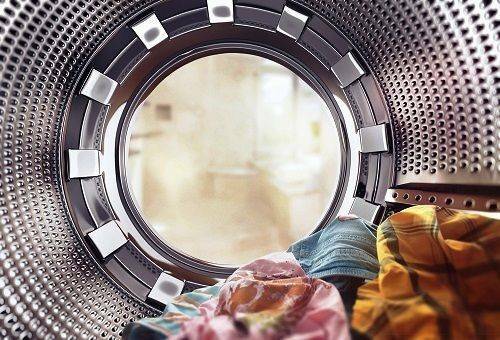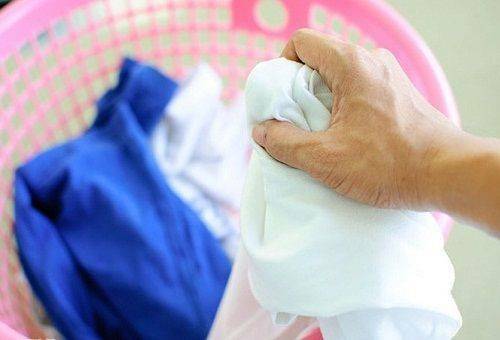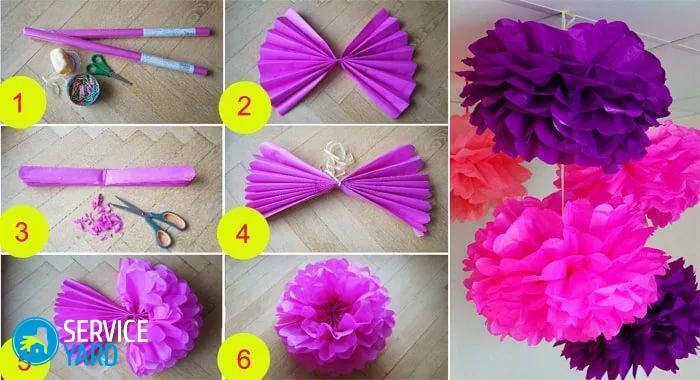Contents:
- At what temperature and how to properly wash cotton?
- Methods for removing stubborn stains from the surface of cotton products
- Features of drying products after washing
Before you wash cotton, especially if this is a new thing, you need to familiarize yourself with the manufacturers' wishes for the process. Despite the fact that such natural products resistant to temperature as flax and cotton allow the use of the highest indicators, there are a number of nuances.

Cotton clothes are allowed to be washed not only by hand, but also in a washing machine, though with some limitations and recommendations. Neglect of rules can lead to shrinkage of products, molting of colored fabrics and yellowing of light after treatment.
At what temperature and how to properly wash cotton?
Regardless of the type of exposure, you first need to determine the optimum temperature. In order not to sit down a new piece of clothing and household from 100% cotton the first time it is recommended to wash it in cold water or slightly warm. Only after further processing the following rules come into force:

- At the maximum temperature of 95 ° C only white things are allowed to be erased, but the approach can not be abused, otherwise the product will gradually start to land. For all other colors, it is recommended that you limit yourself to indicators not higher than 60 ° C.
- Very bright objects must be treated at a temperature of no higher than 35-40 ° C or even a persistent paint will leave. After cleaning, natural or industrial color stabilizers are allowed.
- Things that are prone to moult can not be washed in hot water, even if you need to remove a local stain. In this case, gels with enzymes and spot removers without chlorine are used, which also act in a cold environment.

Washing at a suitable temperature can produce undesirable results, if you do not take into account the following points:
- Cotton clothes can not be washed with synthetic fibers, even if they are recommended the same mode. Otherwise, after such treatment, unaesthetic pellets will appear on the natural tissue.
- Before erasing cotton, it must be turned to the wrong side and, if possible, fastened. Pillowcases and duvet covers are best washed separately from small items. If they are packed in bags, the rinsing will happen unevenly.
- If there are persistent spots on the surface of the material, it is better to first try to act on them locally, then they will not increase in size and will not pass to other parts of the tissue.
Advice: Terry towels made of cotton are recommended to be washed at the lowest possible temperature. If this approach can not be used, then after processing the product should be removed for several hours in the freezer, and then dried in a standard way. This will keep the fluffiness and softness of the thing.
Manual processing can be used for products with embroidery, lace, very thin and delicate fabrics. In all other cases, machining is allowed.

Methods for removing persistent stains from the surface of cotton products
The less often the cotton is washed and the softer the choice of the mode, the slower it will sit down. For this reason, the removal of persistent contaminants should be carried out locally, followed by rinsing the tissue in cool water. Cotton is pretty easy to part with spots, you just need to select the right tools:
- For the cleaning of white cloth, it is extremely undesirable to use chlorine bleaches, they too quickly wear fibers. It is better to do more safe and no less effective hydrogen peroxide.
- To remove greasy stains, you will need to use turpentine, ammonia or refined gasoline. They eliminate pollution without problems, without adversely affecting the color of matter.
- For more delicate things, you can try diluted with water glycerin. After its application, the contamination will go away, and the texture of the fabric will only improve.
- When fighting fresh stains, it is recommended to limit yourself to soaking things in cool water with the addition of a gel based on plant-derived enzymes.
- As a last resort it is allowed to apply to stain removers, but only to those in which the whitening components do not appear.
If these conditions are met, cotton will last a very long time, keeping its original shape and form for the entire period of operation.

Features of drying products after washing
In order not to reduce to zero all of their efforts, applied during the washing, it is necessary to properly wring out and dry the cotton thing. Processing options can be several:
- You can start ironing right after removing the object from the drum of the washing machine, but then the spinning will have to be carried out at approximately 1400 revolutions. You can not leave the product in the machine chamber for a long time, the formed jaws will greatly complicate ironing.
- If you do not want to squeeze the object out so strongly, or after carrying out manual washing, the thing needs to be weighed, carefully spreading all the wrinkles. The best option for clothes will be the use of shoulders. Drying is carried out outdoors, but not under direct sunlight. The main thing is not to dry the fabric, it will become dense and unpleasant to the touch. It is better to remove the products in a slightly damp form and treat them with a hot iron.
Professional help in working with cotton is not needed. Despite the existing risk of shrinkage of objects, negative consequences are possible only if all existing rules for cleaning them are violated. Even if the cotton has slightly sat down, it needs to be stretched a little and stretched in still wet condition, having returned the former form.



